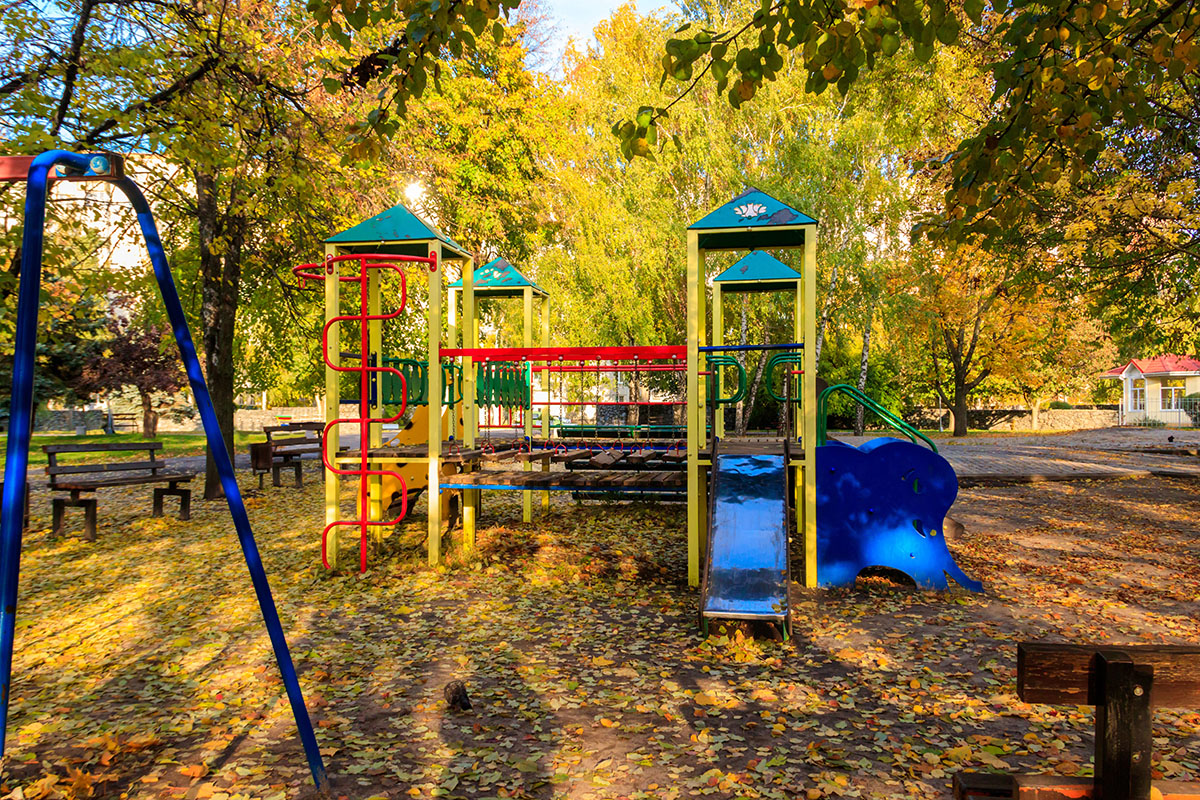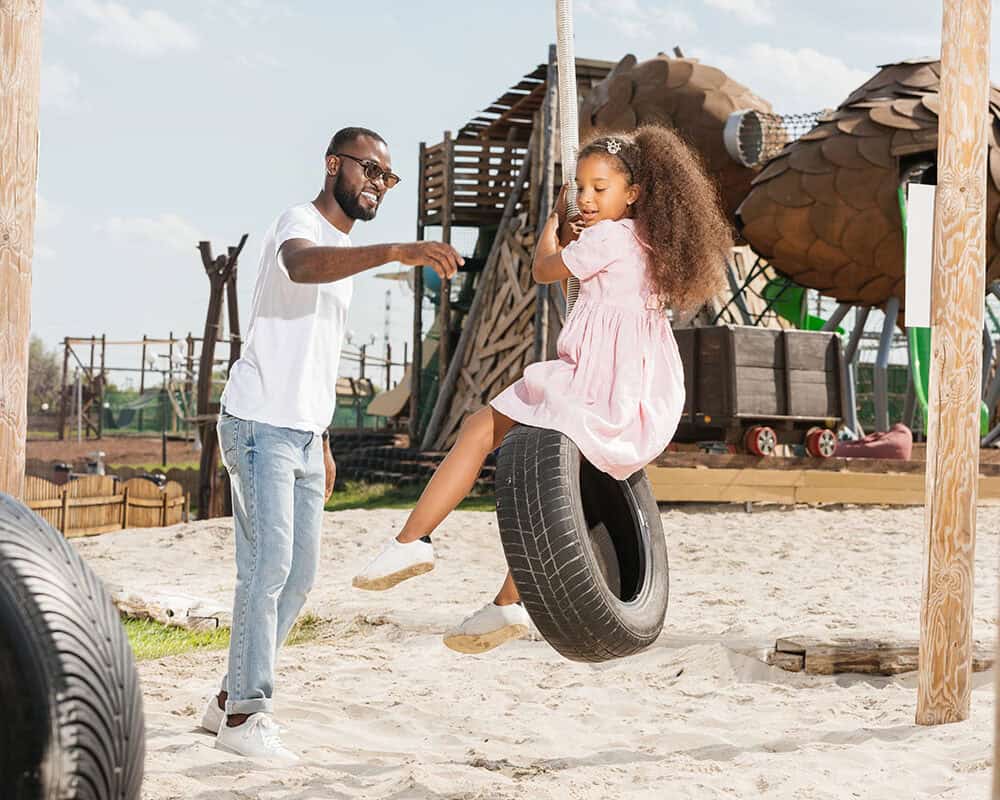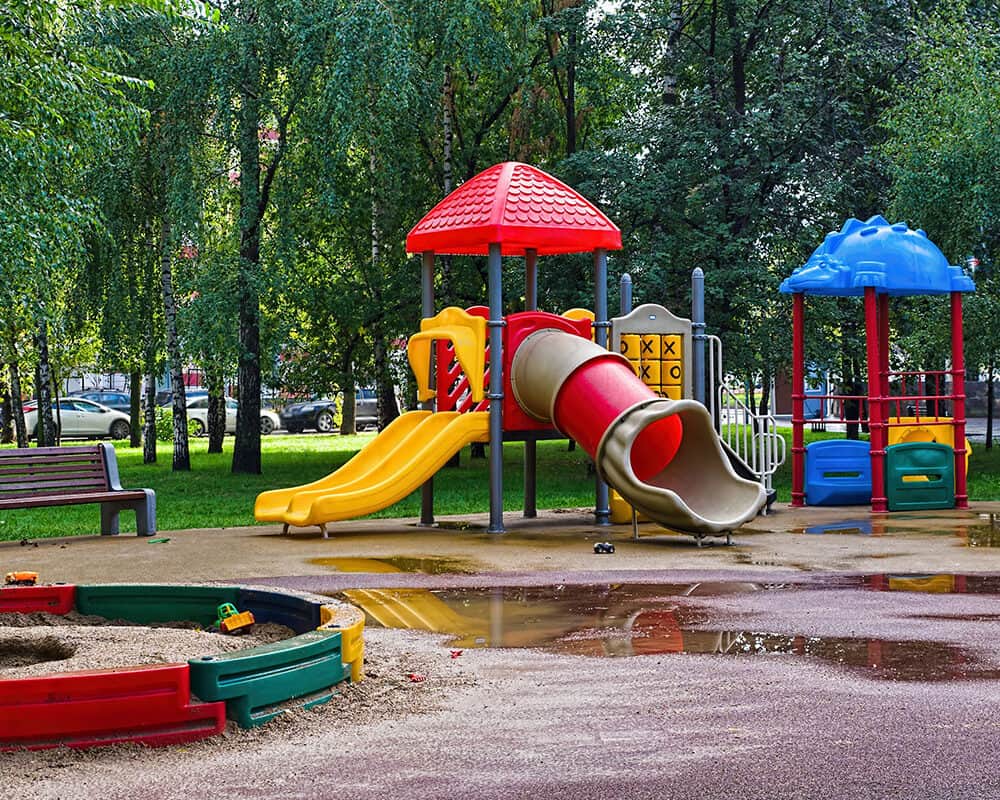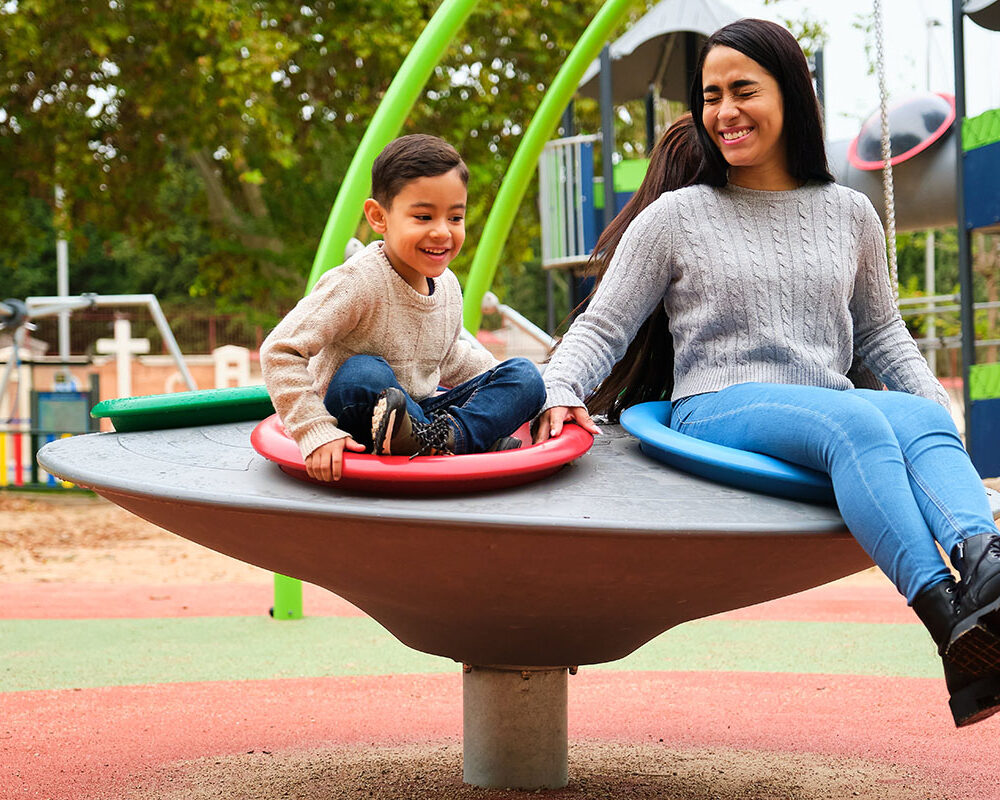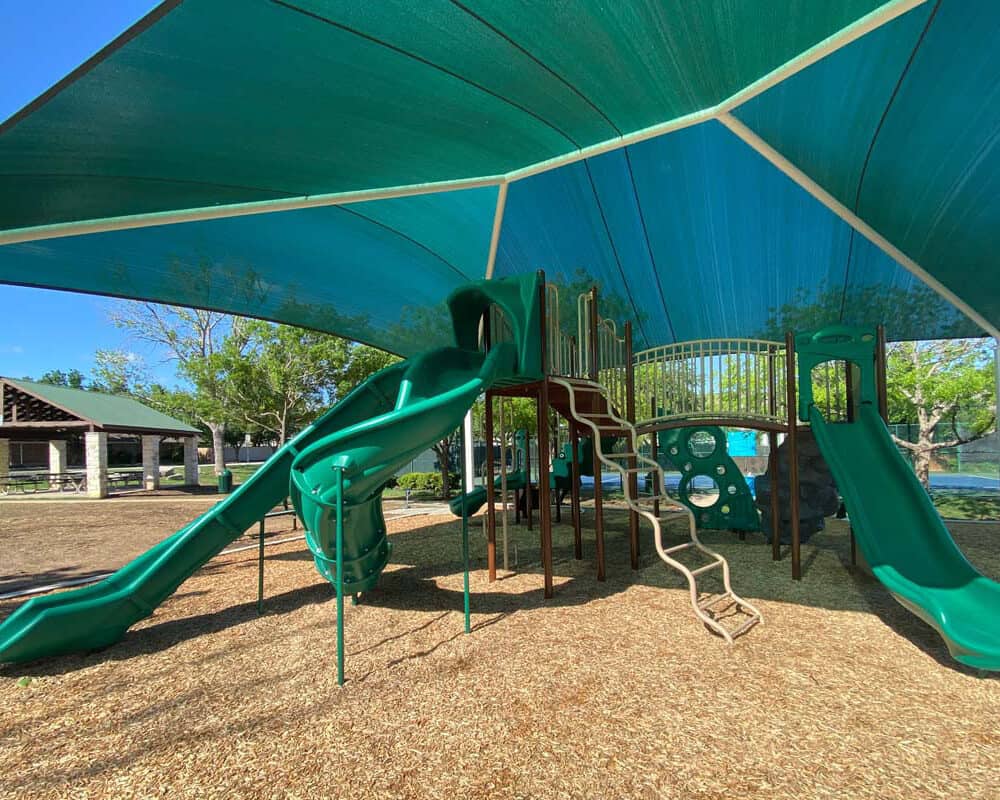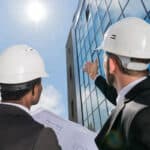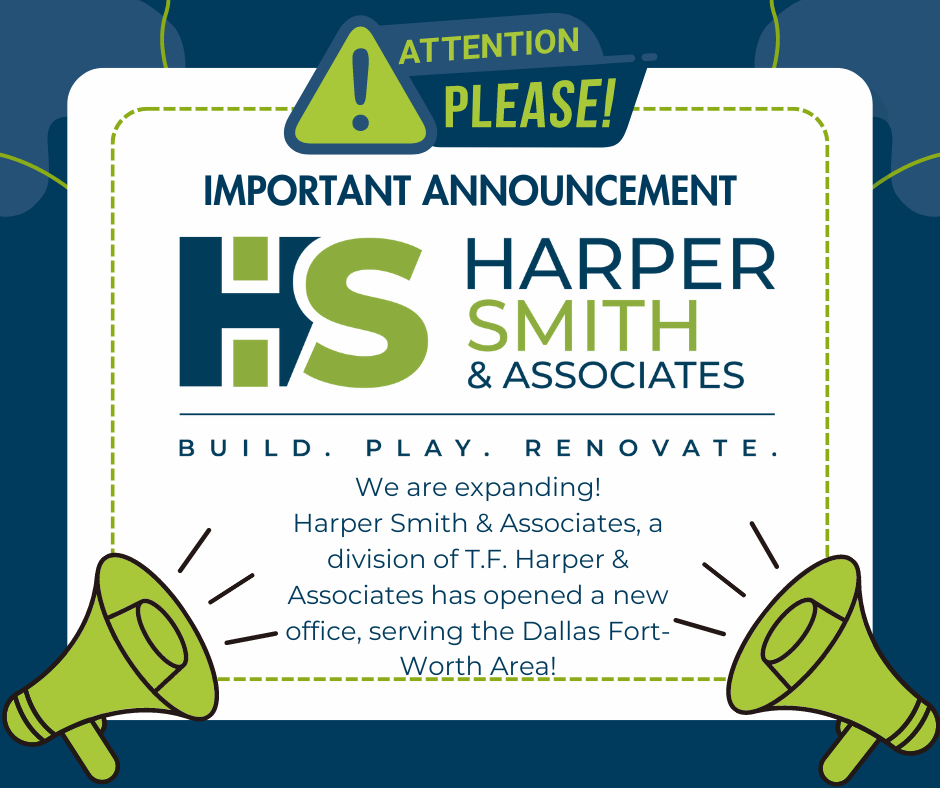A playground is one of the most rewarding investments a community, school, or business can make. But between the initial dream and the day of the ribbon-cutting lies a complex construction project with a very practical question at its heart: How much is this actually going to cost?
It’s the number one question we get, and the honest answer is, “it depends.” But that isn’t helpful when you’re facing a budget committee or a board of directors.
This guide breaks down a playground budget into real, understandable pieces so that when you ask for estimates, you’ll know what’s included, what can surprise you, and how to plan.
Phase 1: The Main Attraction — Playground Equipment
This is the most visible and exciting part of the budget—the slides, climbers, and swings that will define your playspace. The cost here is driven by three main factors:
- Size & Capacity: How many children do you need the playground to accommodate at one time? A small structure for a daycare serving 15–20 children is a completely different scope than a large, multi-deck structure for a municipal park designed for 100+ children.
- Age Group: Equipment for toddlers (ages 2–5) has different safety standards, a shorter deck height, and is generally less expensive than equipment for school-aged children (ages 5–12), which is taller, more complex, and uses more materials.
- Material & Theme: A standard, post-and-deck structure will be the most cost-effective. Custom themes, elaborate roof designs, or premium materials like steel-reinforced cables will increase the cost.
For the physical equipment alone, a good starting range is $20,000 to $45,000 for a solid, high-quality structure for a school or mid-sized park. Larger, more elaborate destination playgrounds can easily exceed $100,000.
Phase 2: The Foundation — Site Preparation & Safety Surfacing
This is the single most overlooked, and most critical, part of a playground budget. The most beautiful equipment in the world is useless and unsafe without a properly prepared foundation. This is where the expertise of a true construction partner becomes integral.
- Site Preparation: Before anything can be built, the ground must be ready. This can involve:
- Demolition: Removing old equipment.
- Grading & Excavation: Ensuring the site is level and has proper drainage to prevent water from pooling.
- Utilities: Checking for and working around any underground water or electrical lines.
- Safety Surfacing: According to the CPSC, falls to the surface are the leading cause of playground injuries. Your safety surfacing is not an optional add-on; it is a non-negotiable component of your playground’s safety system. The cost varies dramatically by type:
- Engineered Wood Fiber (EWF): The most common and cost-effective option. It provides excellent impact absorption but requires annual top-offs.
- Loose-Fill Rubber Mulch: More expensive upfront than EWF, but more durable and requires less maintenance.
- Poured-in-Place (PIP) Rubber: The premium, seamless, and most accessible surface (ideal for wheelchairs). It is the most expensive option but offers a clean look and very low maintenance.
Do not underestimate this phase. The cost for site prep and surfacing can often be 50% to 100% of the cost of the equipment itself. If you budgeted $30,000 for equipment, you should plan on at least another $15,000-$30,000 for what goes underneath it.
Phase 3: The Environment — Amenities, Freight & Installation
This phase covers everything needed to turn your collection of equipment into a complete, functional, and welcoming park environment.
- Site Amenities: These are the crucial elements that support the play experience. Don’t forget to budget for:
- Benches for parents and caregivers.
- Trash receptacles.
- Shade structures (a vital feature in the Texas sun).
- Fencing for safety and security.
- Walkways and accessible ramps.
- Freight & Shipping: Playground equipment is big, bulky, and very heavy. The cost of shipping it from the manufacturer to your site is a significant line item that must be included in your budget.
- Professional Installation: This is not a place to cut corners. Commercial playground installation is a complex process that must adhere to strict safety standards (ASTM F1487). Professional installation ensures every component is assembled correctly, every footing is secure, and every use-zone is measured properly. It is essential for liability, safety, and for keeping your equipment’s warranty intact.
Professional installation typically costs between 25% and 45% of the total equipment price. Freight and amenities can add another significant percentage on top of that.
Putting It All Together: The Full Picture
As you can see, the cost of the “playground” is much more than just the cost of the playground. A realistic budget must account for all three phases of the project.
Let’s build a sample budget for a hypothetical elementary school project:
- Equipment (mid-sized, for 5-12 age group): $40,000
- Site Prep & Surfacing (using rubber mulch): $25,000
- Installation (~30% of equipment cost): $12,000
- Amenities & Freight (benches, shade, shipping): $15,000
- Subtotal: $92,000
- Recommended Contingency Fund (10%): $9,200
- Total Estimated Project Budget: ~$101,200
This blueprint shows how a project can quickly and logically scale. By understanding these phases, you can approach your budgeting process with clarity and confidence, ensuring your vision for a safe and joyful playspace becomes a successful reality.
Frequently Asked Questions About Playground Installation
So, what’s a realistic “all-in” budget for a complete, turnkey playground project?
For a solid, professionally installed commercial playground for a school, church, or community park, a realistic all-in budget often starts in the $75,000 to $125,000 range and can go up significantly from there depending on the scale and surfacing choices. A smaller project for a daycare or HOA might fall in the $40,000 to $60,000 range.
Are there any grants or funding sources available for playgrounds?
Yes, absolutely. Many national and local foundations, corporations, and government programs offer grants for community projects, especially those focused on health, wellness, and children. Researching organizations like the National Recreation and Park Association (NRPA) or looking into community development block grants is a great place to start. A full-service partner like TF Harper can often help point you in the right direction.
What kind of safety standards and certifications should I be looking for?
This is critical. Ensure that the equipment manufacturer is a member of the International Play Equipment Manufacturers Association (IPEMA), which certifies that the equipment conforms to the safety standards set by the American Society for Testing and Materials (ASTM). The installation should also follow the guidelines of the Consumer Product Safety Commission (CPSC) Handbook for Public Playground Safety.
How long does a commercial playground last, and what are the maintenance costs?
A high-quality commercial playground is built to last for decades. The metal and plastic components are incredibly durable. The biggest ongoing maintenance cost is typically the safety surfacing. Engineered Wood Fiber will need to be topped off annually to maintain the proper depth, while a Poured-in-Place surface may need minor repairs after several years of heavy use.
Can we save money by using volunteers to install the playground ourselves?
While a “community build” can be a wonderful team-building event, it must be supervised by a certified installer from the manufacturer or your construction partner. Commercial playground installation is a complex process with major liability implications if done incorrectly. A professional, certified installation is the only way to ensure the playground is safe for children and that your manufacturer’s warranty remains valid.

